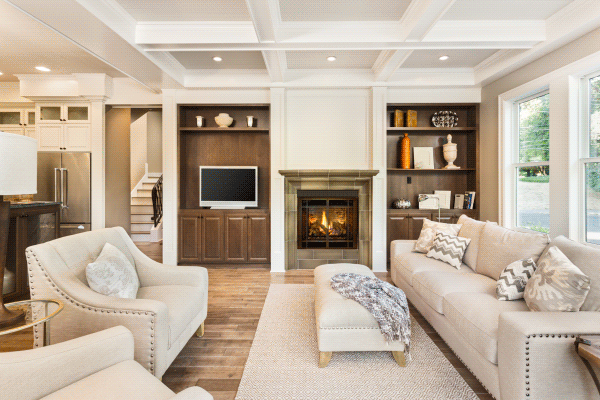
Creating an effective home network is crucial for homeowners who enjoy entertainment and gaming and require extensive Wi-Fi coverage. A well-designed network ensures smooth streaming, high-quality gaming, and consistent internet access across all areas of your home. Here’s how to set up a robust home network that meets all your entertainment and connectivity needs.
Understanding the Basics of Home Networking
A home network connects various devices, such as computers, gaming consoles, smart TVs, and mobile devices, allowing them to communicate with each other and access the internet. Choosing between a wired and wireless network setup can significantly affect your experience. Wired networks generally offer faster speeds and more reliability, which are essential for high-stakes gaming and high-definition streaming. On the other hand, wireless networks provide flexibility and ease of use, crucial for households with multiple mobile devices.
Selecting the Right Equipment
To get started, you will need a few key pieces of equipment:
- High-Performance Router: Choose a router with strong throughput and advanced features like Quality of Service (QoS) to prioritize gaming and streaming traffic.
- Modem: Ensure your modem is capable of delivering the speeds promised by your ISP.
- Ethernet Cables: For gaming PCs or consoles, consider using Ethernet cables to connect directly to your router for the fastest and most stable connection.
- Mesh Wi-Fi System: For large homes, a mesh Wi-Fi system can help eliminate dead zones and provide consistent coverage throughout the property.
Setting Up Your Network
- Position Your Router: Place your router in a central location to maximize Wi-Fi coverage. Avoid placing it near walls or metal objects that can interfere with the signal.
- Configure Your Network: Access the router’s settings to set up Wi-Fi names and passwords. Enable WPA3 encryption for enhanced security.
- Install Access Points: If your home has areas with weak Wi-Fi signals, install access points to extend the coverage.
Enhancing Your Network for Entertainment and Gaming
- Optimize Router Settings: Use your router’s QoS settings to prioritize bandwidth for entertainment and gaming devices. This ensures that your critical activities get the bandwidth they need, even during heavy network traffic.
- Use Wired Connections: For devices that require the best performance, such as gaming consoles and streaming boxes, use wired connections. This reduces latency and interference, providing a smoother experience.
Maintaining and Securing Your Network
- Regular Updates: Keep your networking hardware updated with the latest firmware to enhance functionality and security.
- Monitor Network Usage: Regularly check which devices are connected and how much bandwidth they are using. This can help you identify unauthorized usage and optimize performance.
- Secure Your Network: Besides using strong encryption, regularly change your Wi-Fi password and monitor your network for any unusual activity.
Troubleshooting Common Issues
- Interference: If you experience inconsistent signal strength, look for sources of interference like microwave ovens or cordless phones and reposition your router or the interfering device.
- Bandwidth Issues: If certain devices suffer from slow speeds, consider upgrading your internet plan or adjusting your QoS settings to better allocate bandwidth.
By carefully planning and setting up your home network, you can create an environment that supports high-performance gaming, seamless streaming, and wide-ranging Wi-Fi coverage. Whether you’re hosting a movie night, playing online games, or simply browsing the internet, a well-configured network is key to a satisfying home entertainment experience.







